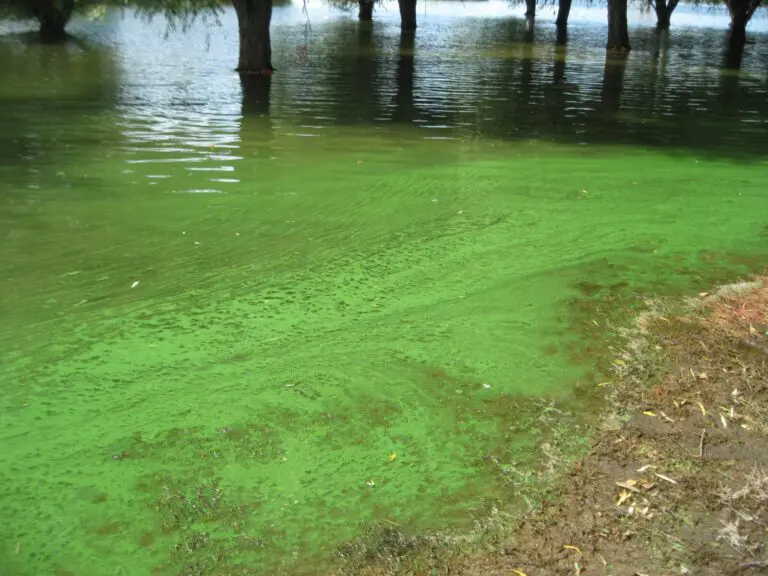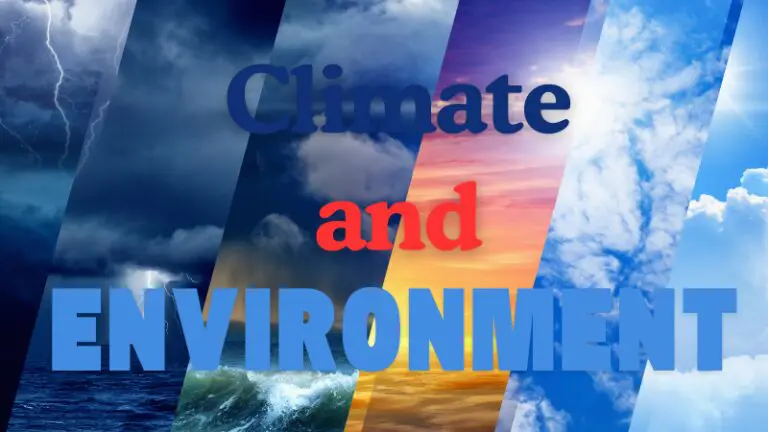The Hoosier State is renowned for its rich agricultural history, with crops like corn and soybeans forming the backbone of its economy.
Yet, shifting weather patterns suggest that farmers across Indiana are facing mounting challenges—ones that seem directly tied to the impacts of climate change.
Table of Contents
ToggleIndiana’s Agriculture in 2019
Recent data paints a sobering picture. In 2019, Indiana saw one of its wettest years on record, with precipitation reaching near-historic levels, as per the National Oceanic and Atmospheric Administration.
That year, corn production in the state dropped by 16% compared to 2018, while soybean production fell by an even sharper 20%. Farmers harvested just 4.82 million acres of corn for grain, marking the lowest total since 1983.
USDA meteorologist Brad Rippey noted that three of the five wettest years in U.S. history occurred between 2015 and 2019. Such a pattern underscores the growing unpredictability farmers are grappling with, from delayed planting seasons to reduced yields.
The Financial Toll on Farmers
The numbers tell a clear story. In 2019 alone, Indiana farmers likely lost an estimated $469 million in revenue due to declining corn yields brought on by excessive rainfall.
This single year reflects a broader trend, as severe flooding and extreme weather have cost Hoosiers billions of dollars since the turn of the millennium. What’s more, the frequency of costly weather disasters is escalating.
During the 2010s, the U.S. experienced twice as many billion-dollar weather events compared to the 2000s. These disasters—ranging from flooding to powerful storms—disrupt planting, destroy crops, and leave fields waterlogged for weeks or even months.
What’s Driving the Shift?
Indiana’s changing climate can be traced to two key factors: rising temperatures and increasing precipitation. Since the mid-20th century, the state’s annual average temperature and precipitation have climbed significantly.
These shifts are creating a cascade of effects:
- Shorter Growing Windows: Heavy rainfall delays planting, giving crops less time to mature.
- Nutrient Loss: Increased precipitation can wash away up to 50% of essential nutrients from farm fields.
- Pests and Diseases: Warmer temperatures create ideal conditions for weeds, pests, and diseases, further straining crop production.
The Indiana Climate Change Impacts Assessment—a comprehensive study involving over 100 experts—forecasts that corn yields could fall by as much as 20%, while soybean yields might decrease by 11% in the coming decades.
The Ripple Effects of Unpredictability
83% of Indiana’s henbit crop is rated good/excellent pic.twitter.com/b88KKTwJ7p
— Jason Mauck (@jasonmauck1) April 11, 2023
The challenges don’t stop at crop production. Farmers also contend with fluctuating market conditions, rising insurance premiums, and the emotional toll of seeing their livelihoods threatened year after year.
For many, the question becomes not just how to adapt but how to survive in an environment that seems increasingly hostile. Moreover, the broader community feels the effects.
Agriculture is deeply intertwined with Indiana’s economy, and financial losses on the farm ripple outward, impacting local businesses, schools, and public services.
Solutions and Adaptation
While the outlook may seem grim, there are steps that can help mitigate the impact of climate change on Indiana’s agriculture:
1. Investing in Resilient Farming Practices
- Cover Crops: Planting cover crops can help retain soil nutrients and reduce erosion during heavy rains.
- Drainage Systems: Improved drainage can protect fields from waterlogging and make them usable sooner after heavy rains.
- Crop Rotation: Diversifying crops can reduce dependence on corn and soybeans, which are particularly vulnerable to climate pressures.
2. Embracing Technology
- Advanced weather modeling and data-driven decision-making tools can help farmers better plan for unpredictable conditions.
3. Government Support
- Policies that provide financial assistance to farmers after extreme weather events are essential. Incentives for adopting sustainable practices could also encourage more widespread changes.
4. Public Awareness and Research
- Continued studies on how climate change impacts specific regions like Indiana are crucial. Public awareness campaigns can also help communities better support their local farmers.
A Changing Landscape for Indiana’s Farmers
Indiana Has Finally Legalized Industrial Hemp! https://t.co/Mg59lJEYQw pic.twitter.com/upVhW0UowI
— High Times (@HIGH_TIMES_Mag) February 2, 2018
Climate change isn’t a distant problem; it’s already reshaping the way Indiana’s farmers grow the food we depend on. From historic rainfall to rising temperatures, the challenges are undeniable, but so is the resilience of the state’s agricultural community.
As Indiana’s farmers work to adapt to a changing world, their efforts deserve attention, support, and understanding. After all, the impacts of climate change on agriculture touch everyone—not just those who work the land.
In the face of uncertainty, one thing is clear: solutions exist, and every effort counts. The future of Indiana’s agriculture depends on embracing those solutions today.
Related Posts:
- Indiana’s Youth Take the Lead in Climate Change Action
- Online Tool Empowers Hoosier Communities to Combat…
- How Indiana’s Attorney General Is Leading the Fight…
- Fort Wayne’s Weather - Average Annual Rainfall and…
- Top 8 Research Tools Every Climate Scientist Should…
- How to Use Reliable Data Sources for Climate and…











